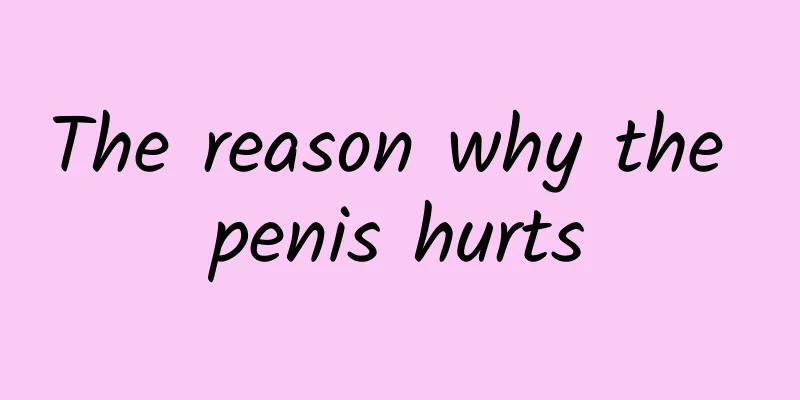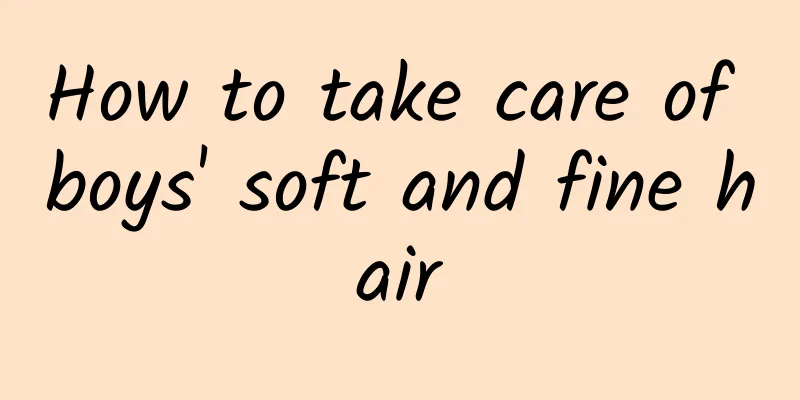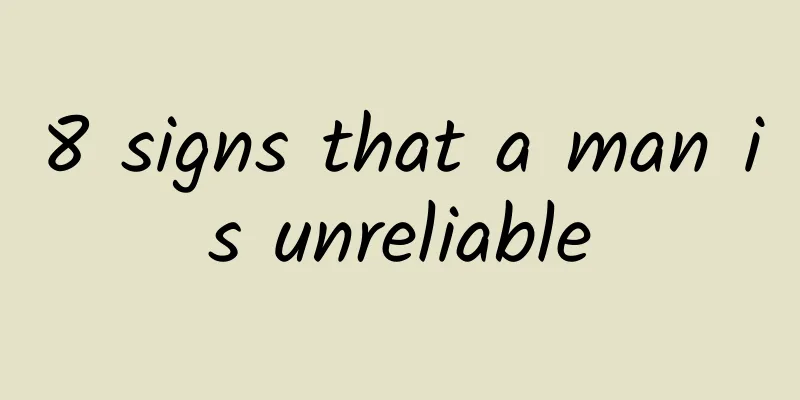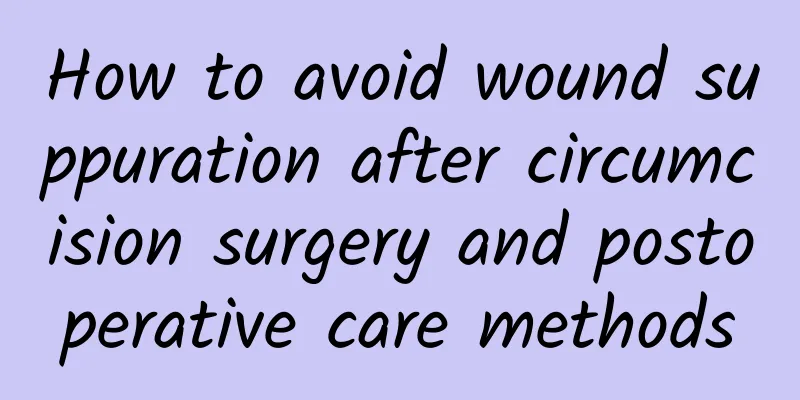Self-excision of the testicles
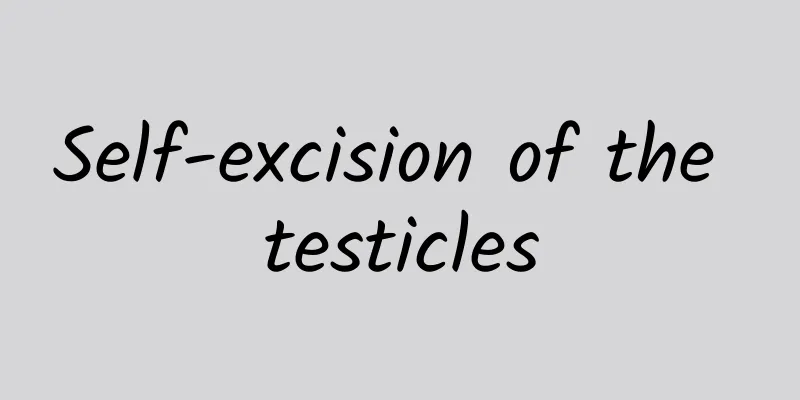
|
For male friends, the testicle is an extremely important reproductive organ. If it is removed, it is very likely to affect sexual function. If you remove the testicle yourself, the harm will be greater and even life-threatening. Therefore, it is not feasible to remove the testicle yourself. If you must remove the testicle, you must choose a regular hospital. After the operation, you must pay attention to hygiene and diet, especially pay more attention to rest. 1. Indications for orchiectomy 1. Testicular tumor or other malignant tumor in the scrotum. 2. Adults with high-positioned cryptorchidism and testicular atrophy, or those whose testicles cannot descend and fix in the scrotum. 3. Severe testicular damage that cannot be preserved after surgical exploration. 4. Testicular necrosis caused by spermatic cord torsion. 5. Late-stage epididymal tuberculosis, which makes it impossible to retain the testicles. 6. Purulent epididymal orchitis, with recurrent attacks, leading to necrosis of testicular tissue. 7. Chronic hematoma of the testicular tunica vaginalis, resulting in testicular atrophy. 8. For other diseases that require castration, such as prostate cancer, bilateral orchiectomy is performed. In a small number of cases of prostate hyperplasia, bilateral orchiectomy may also be performed occasionally. 2. Surgical steps of orchiectomy 1. For patients diagnosed with testicular tumors before surgery, an oblique inguinal incision is used; for patients with non-testicular tumors, an upper scrotal incision is used; for patients undergoing bilateral non-tumorous orchiectomy, a median scrotal incision can also be used. If the nature of the testicular lesion cannot be clearly determined by preoperative diagnosis, a high scrotal incision can be used. 2. Separate the spermatic cord until it reaches the vicinity of the internal inguinal ring. 3. Finally, remove all the contents of the scrotum, including the testicles, epididymis, and spermatic cord. If the tumor is adhered to the surrounding tissues, that part of the scrotum should be removed as well. 4. Drainage and suturing. 3. Post-orchiectomy care Observe the wound for bleeding or exudation, keep the surgical site clean and all tubes unobstructed and fixed, and provide pain care. On the first day after surgery, the patient should be mainly in a semi-recumbent position with bedside activities. On the second day, if the condition is stable, instruct the patient to get out of bed and move around. 4. Precautions after orchiectomy 1. Lift the scrotum or apply pressure bandage to prevent bleeding or hematoma in the scrotum. 2. The drainage material in the scrotum should be removed 24 to 48 hours after the operation. 3. The wound sutures will be removed 7 days after the operation. 4. After the sutures of the testicular malignancy are removed, retroperitoneal lymph node clearance, radiotherapy or chemotherapy is performed according to the pathological nature and systemic condition. |
<<: How to treat men's weakness and inability to be replenished
>>: How can I reduce the sensitivity of the glans penis?
Recommend
If blood pressure suddenly rises, emergency treatment is required according to the situation.
In daily life, when people find that their blood ...
What disease is it that causes white discharge from the urethra opening of the glans penis?
The genitals often have some skin problems. In ad...
How to check for testicular tumors
Testicular tumor is a malignant tumor, mainly see...
How long does it usually take for a glans ulcer to heal?
Ulcers will appear on the glans of men. The patie...
Signs of a man with low self-esteem
For men, if they have low self-esteem, they often...
The benefits of amaranth that you didn’t know about!
Atractylodes is also called atractylodes, and the...
Glans abrasion and thickening of the stratum corneum
Some men have overly sensitive glans penis, which...
Is there a lump in the semen a symptom of semen liquefaction?
Some male friends may have lumps in their semen. ...
Preventing premature ejaculation exercises
As we all know, harmonious sex is a must for a ha...
Did you know that men need 10 pairs of underwear per week?
According to a new study by Imperial College Lond...
Can migratory testicles heal on their own?
Walking testicles are a common symptom in outpati...
Is cotrimoxazole effective for chronic prostatitis?
In real life, chronic prostatitis is a common phy...
How to reduce body fat and adjust your diet to reduce body fat
Body fat percentage is the proportion of fat cont...
Can sit-ups treat premature ejaculation?
Premature ejaculation is a problem that has been ...
Is chronic prostatitis easy to treat?
Is chronic prostatitis easy to treat? This is wha...



